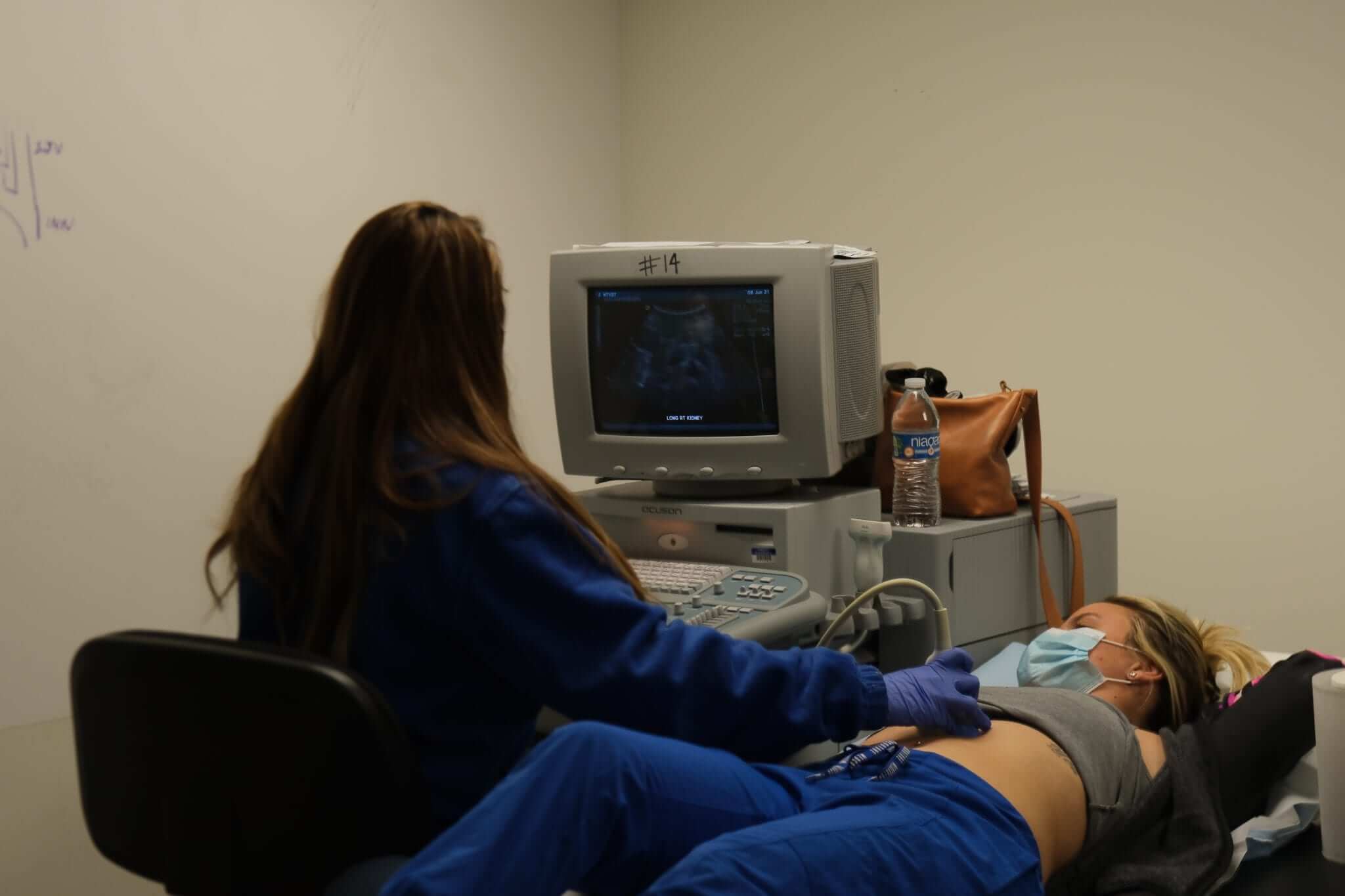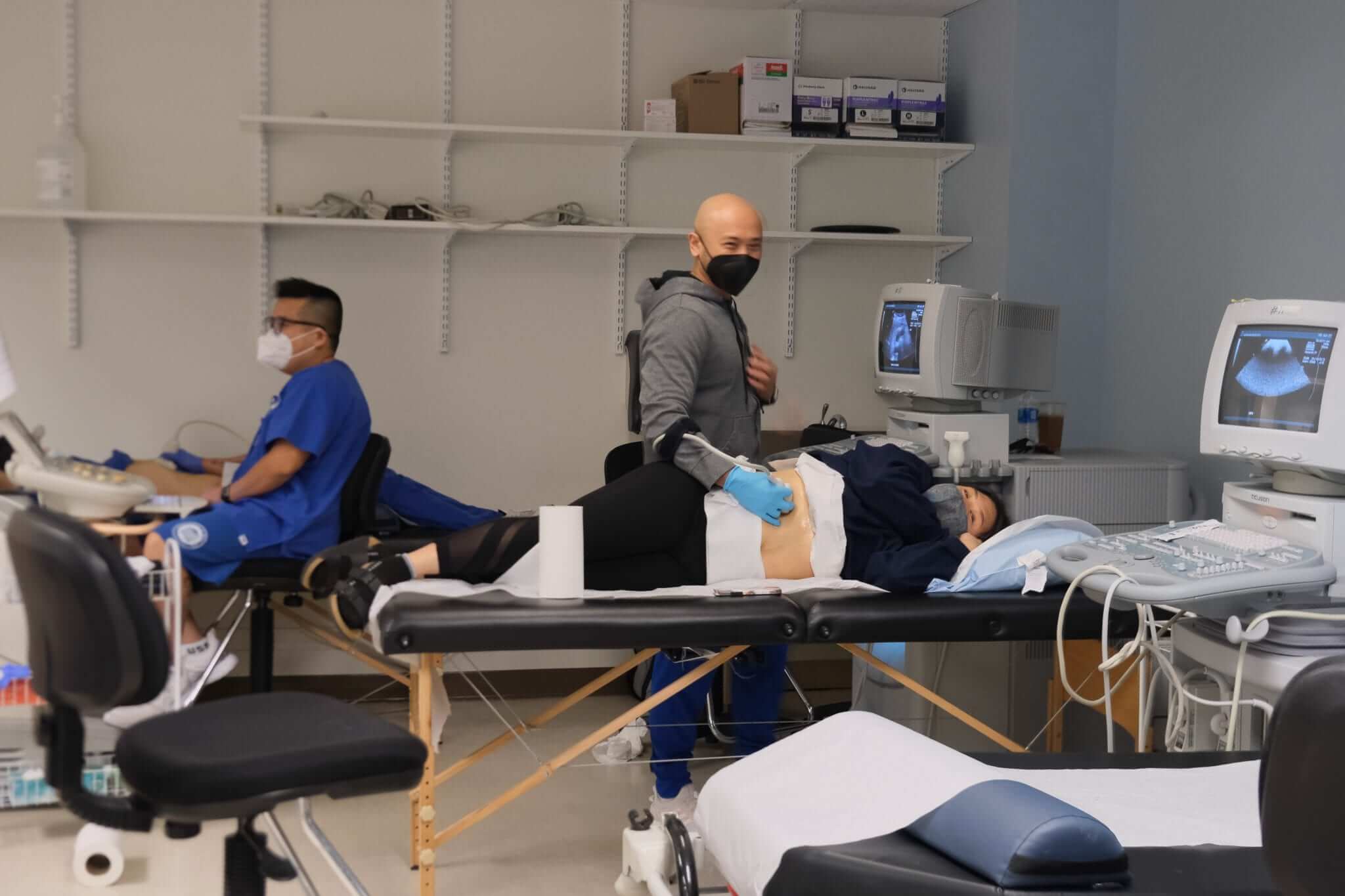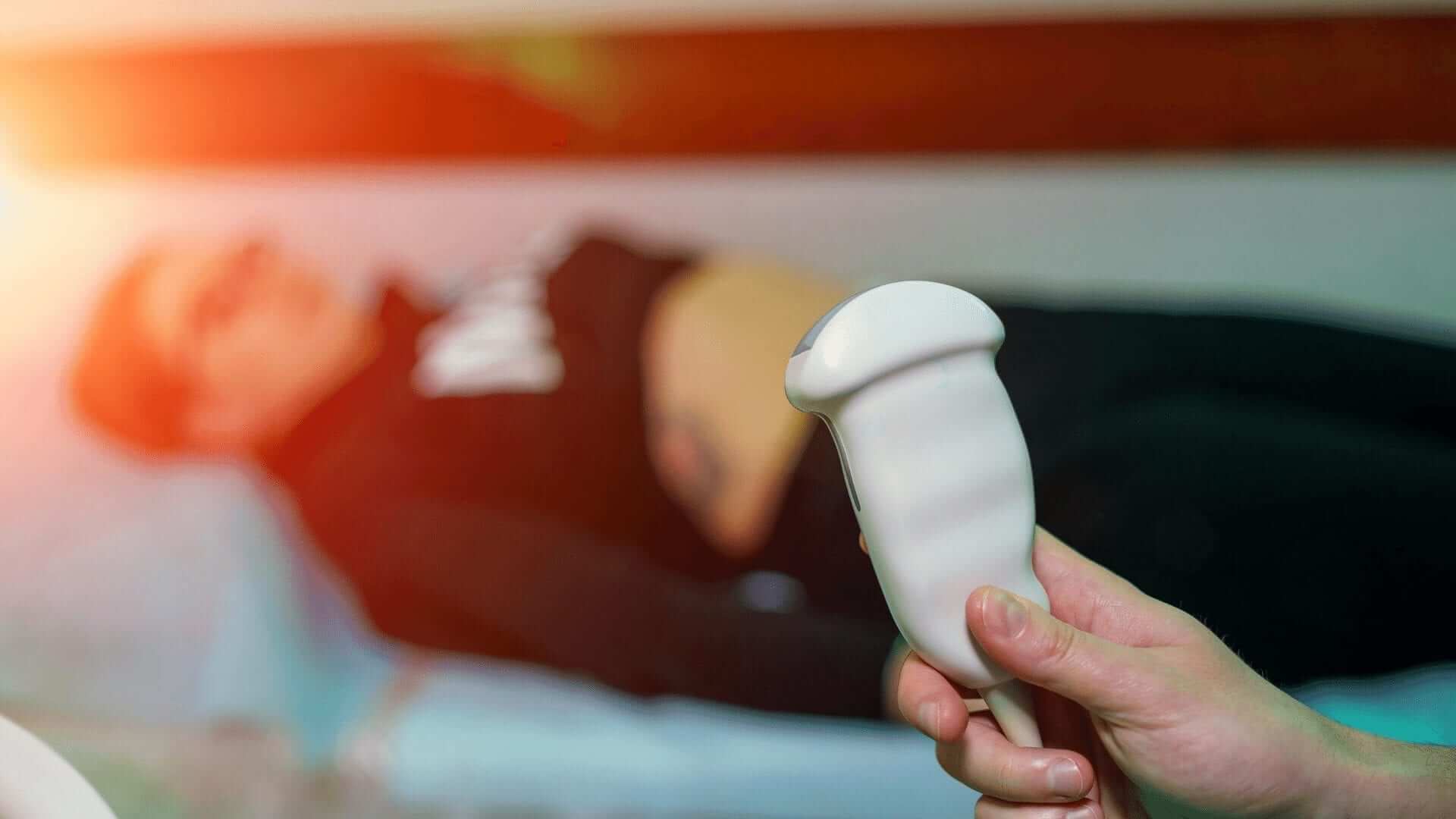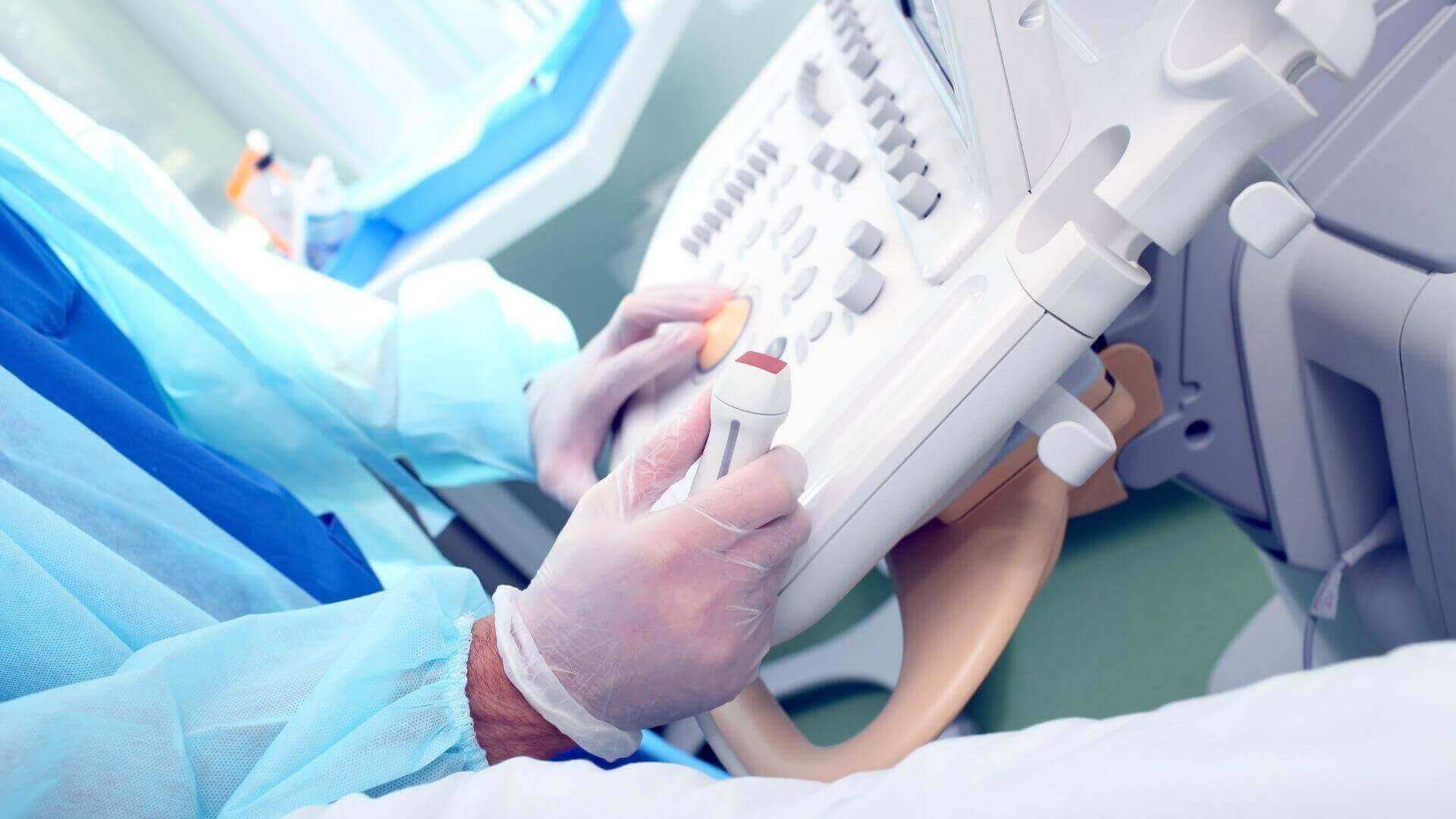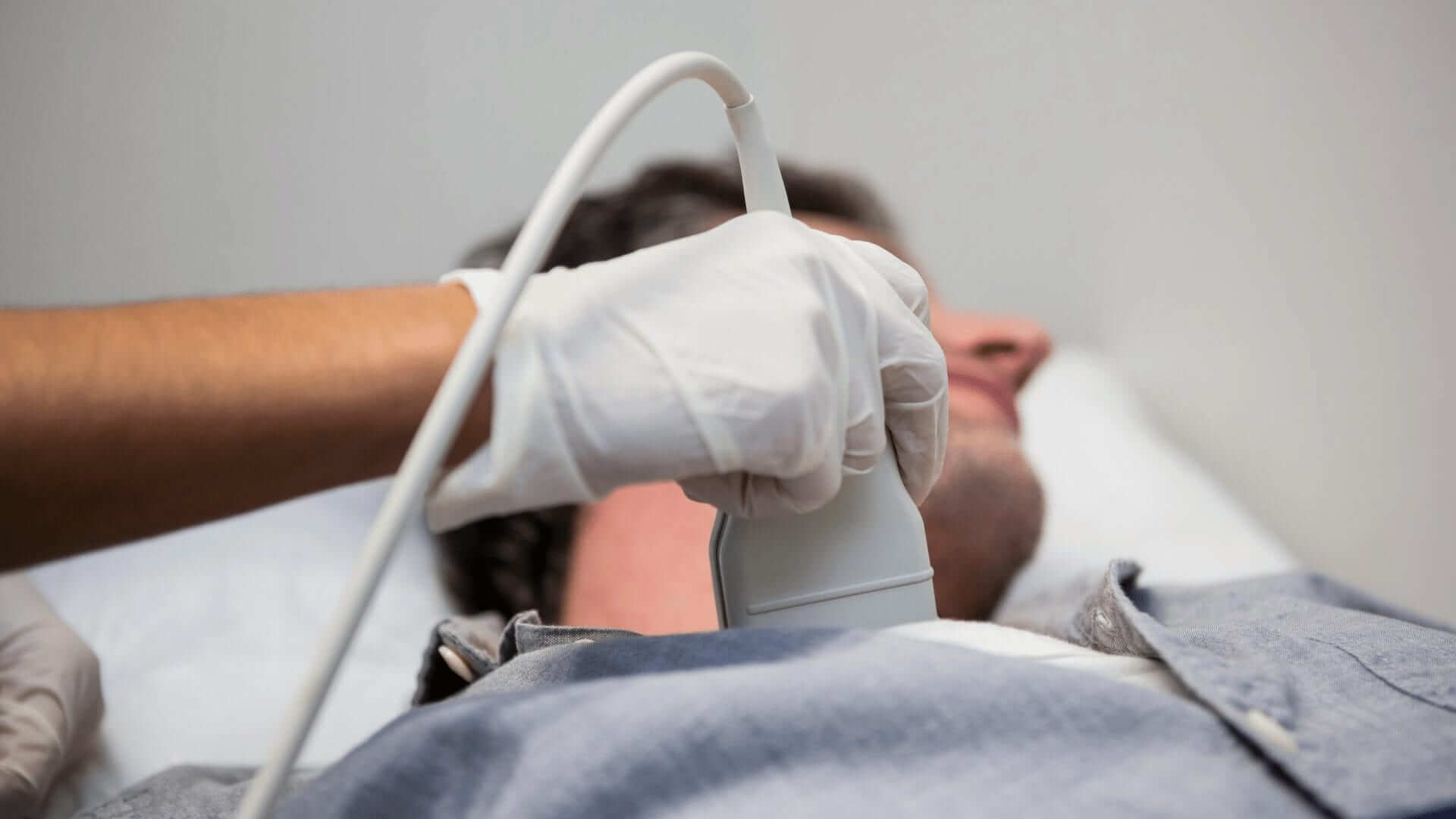Ways to Become an Ultrasound Technologist
Date: June 7, 2021
The first rung in becoming an ultrasound technologist is to complete an official sonography course, meeting specific educational requirements toward one’s educational goals. Ultrasound programs and their academic trajectories vary from certificate to associate and bachelor degrees. All programs consist of didactic classroom instruction paired with clinicals providing students opportunities within medical settings. These include hospitals, physician’s offices, and imaging laboratories.
Each level of licensure has its strengths. Below are some specific routes within sonography. Specialty certificates are also available to practicing sonographers.
Certificate Program Option
Certificate program coursework is designed for individuals possessing prior experience and education in allied healthcare professions. Certification is available to students who have already obtained an associate of science or a bachelor of science degree in a related healthcare field. These professionals are often looking to transition into diagnostic medical sonography from a similarly situated profession for an advanced placement program.1
Graduates of an accredited program such as the Commission on Accreditation of Allied Health Education Programs (CAAHEP) are eligible to sit for certification exams with the American Registry for Diagnostic Medical Sonography (ARDMS).3 Specialty certificates are also available to practicing sonographers wishing to expand their education and opportunities.
Associate’s Degree Program Option
The most typical path for obtaining ultrasound certification usually involves earning an Associate of Science Degree in Ultrasound Technology. Taking less time to achieve than a four-year course, this program can provide a gateway into the industry and a foundation for a four-year degree `bridge’ later.
The Gurnick Academy of Medical Arts’ Ultrasound Technology Program, with a length of 22 months/96 weeks* blends didactic and clinical training while exposing students to the rigors of the field. Coursework covers general sonography, physiology, anatomy, physics, instrumentation, ultrasound equipment, medical ethics, medical terminology, and patient care.1 Additionally, students are introduced to differing specialties, including radiology, surgery, echocardiography, vascular technology, obstetrics, and gynecology.
Bachelor’s Degree Program Option
Other individuals enter the ultrasound profession by obtaining four-year Bachelor’s of Science in Medical Sonography degrees. Offered by many universities, these courses are generally open to those who have completed general university requirements (GURs) and prerequisites in science, math, and English.2
Coursework delves into biology, physics, lab equipment, medical terminology, and patient interaction, specially tailored to the field of ultrasound. Bachelor-level ultrasound programs offer students opportunities to specialize in particular medical diagnostic areas. These include vascular, echocardiography or general (abdominal, obstetrics, and gynecology), and the corresponding coursework. Usually, an ultrasound bachelor’s degree program includes clinical and internship experiences. However, sometimes for an advanced placement program, these are not required due to previous work experience.2
Licensure
After completing an accredited ultrasound program, students should seek certification. To do this, one must pass at least two exams from a certifying organization. Certification provides generalized credentials, confirming one has sufficient knowledge of sonography and can provide ultrasound services safely.
Gurnick Academy of Medical Arts recently received programmatic accreditation through the Commission on Accreditation of Allied Health Education Programs (CAAHEP) via JRC-DMS for the ultrasound technology program offered at the San Mateo Campus. CAAHEP reviews diagnostic medical sonography programs to ensure they meet nationally recognized standards of the profession.
Ultrasound professionals wishing to work in specialty areas often obtain certification by sitting for the Sonography Principles and Instrumentation Exam (SPI). Ultrasound technologists are required to earn continuing education credits (CECs) to maintain certification. 2
*Indicates approved instructional weeks.
Citations
1 ^a, b, “Is Sonography School REALLY That Difficult? Ultrasound Technician.” 2015. Ultrasound Technician. Ultrasound Technician Center. March 4, 2015. (Accessed June 2, 2021.)
2 ^ a, b, Esmet. 2019. “CAAHEP – Home.” Caahep.org. Commission on Accreditation of Allied Health Education Programs. 2019. (Accessed June 28, 2021.) https://www.caahep.org/.
3 “Sonography Principles and Instrumentation (SPI).” 2021. ARDMS. American Registry for Diagnostic Medical Sonography, Inc. 2021. (Accessed June 28, 2021.)


